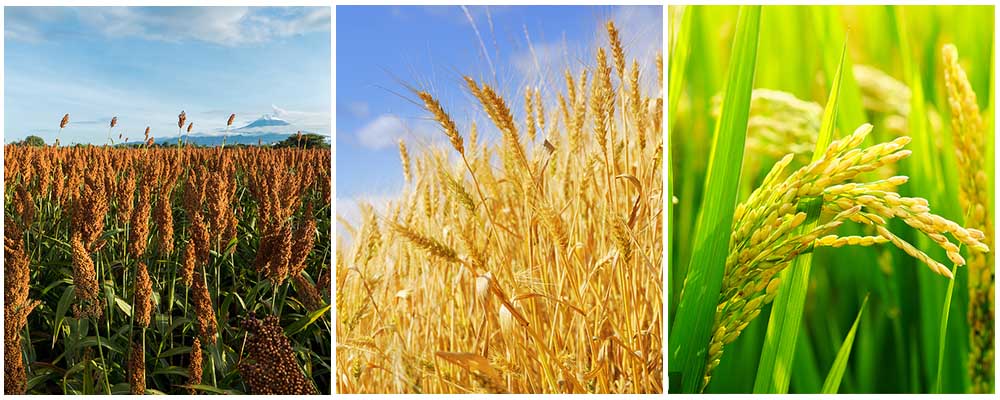
Oct . 18, 2024 13:24 Back to list
Different Types of Nitrogen Fertilizers and Their Benefits for Agriculture
Types of Nitrogen Fertilizers An Overview
Nitrogen is a crucial nutrient for plant growth, playing a pivotal role in many physiological processes. It is a primary component of amino acids, proteins, and chlorophyll, making it essential for plant development and productivity. Farmers and agriculturalists often rely on nitrogen fertilizers to enhance soil fertility and boost crop yields. There are several types of nitrogen fertilizers available, each with its own characteristics, benefits, and applications.
One of the most common types of nitrogen fertilizers is urea. With a nitrogen content of about 46%, urea is one of the most concentrated nitrogen fertilizers available. It is highly soluble in water, making it easy to apply and effective for a wide variety of crops. Urea's high nitrogen content means that smaller quantities are needed, which makes it a cost-effective option for farmers. However, urea must be properly incorporated into the soil or protected from volatilization losses due to ammonia gas, which can occur in certain conditions.
Another widely used nitrogen fertilizer is ammonium nitrate. This compound contains approximately 34% nitrogen and provides both ammonium and nitrate forms of nitrogen to plants. Ammonium is advantageous for certain crops in acidic soils, while nitrate is readily available for plant uptake. This combination helps promote rapid growth, making ammonium nitrate a favorite among many agronomists.
types of nitrogen fertilizer

Calcium ammonium nitrate (CAN) is another popular nitrogen fertilizer. It combines calcium with ammonium and nitrate nitrogen. This dual benefit not only supplies essential nutrients but also helps to improve soil structure and reduce acidity, making it suitable for a variety of soils. CAN is particularly favored in conditions where reducing soil acidity is critical for maximizing crop yield.
Ammonium sulfate is another significant nitrogen fertilizer, containing around 21% nitrogen and also providing sulfur, an essential nutrient for plants. This fertilizer is often utilized in soils that are deficient in sulfur, improving protein synthesis in crops. Ammonium sulfate is typically used for crops like corn and can be particularly beneficial in areas with alkaline soils, as it helps to lower soil pH.
Lastly, slow-release nitrogen fertilizers, such as coated urea or organic sources, are becoming increasingly popular due to their environmental benefits. These fertilizers release nitrogen gradually over time, minimizing losses through leaching and volatilization. They provide a more steady supply of nutrients, which can enhance plant health and reduce the need for frequent applications.
In conclusion, nitrogen fertilizers are vital for enhancing agricultural productivity. Understanding the different types of nitrogen fertilizers, including urea, ammonium nitrate, calcium ammonium nitrate, ammonium sulfate, and slow-release options, can help farmers select the best products for their specific soil and crop requirements. With proper management, these fertilizers can significantly improve crop yields and contribute to sustainable agriculture.
-
10 10 10 Fertilizer Organic—Balanced NPK for All Plants
NewsJul.30,2025
-
Premium 10 10 10 Fertilizer Organic for Balanced Plant Growth
NewsJul.29,2025
-
Premium 10 10 10 Fertilizer Organic for Balanced Plant Growth
NewsJul.29,2025
-
Premium 10 10 10 Fertilizer Organic for Balanced Plant Growth
NewsJul.29,2025
-
50 Pound Bags of 13-13-13 Fertilizer for All Plants – Bulk & Organic Options
NewsJul.28,2025
-
High-Efficiency 15-30-15 Granular Fertilizer for Healthy Crops
NewsJul.28,2025
